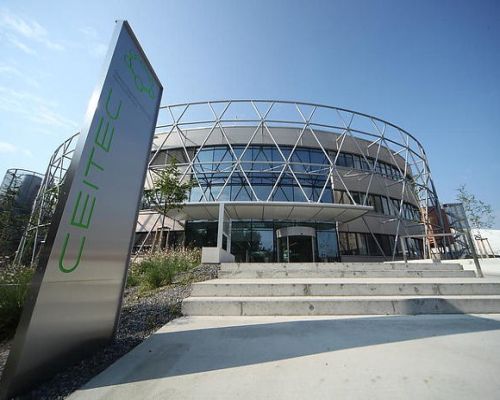17-Jun-2024
DNA is known to take on different structures beyond its classic double helix, including the intercalated motif (i-motif) structure. These i-Motifs (iM) are non-canonical DNA structures that can form in single-stranded, cytosine-rich regions of DNA. These regions, known as iM-forming potential sequences (iMFPS), are influenced by factors such as chromatin structure, protein interactions, and intracellular properties. The precise functions of these factors in controlling iM formation in human cells are not yet fully understood. However, it's known that iMs have important regulatory functions within cells. Recent studies have revealed that iMs are abundant in actively transcribing gene promoters and open chromatin regions. This suggests that iMs may play a significant role in regulating gene expression in living human cells.
Despite the proposed functions of iMs, there is ongoing debate regarding their biological relevance due to their instability under optimal physiological conditions, including relatively high ionic strength, physiological temperatures, and pH levels. However, evidence supporting their existence in living organisms, beyond the identification of iMFPS, has emerged. This evidence includes the in vitro thermodynamic stabilisation of iMs through epigenetic modifications and assisting iM formation from double-stranded DNA under conditions that mimic the forces associated with DNA helix unwinding and nanoconfinement within chromatin. Recent advancements, such as the development of iM-specific antibodies (iMab), have contributed to the growing body of evidence supporting the biological presence of iMs in both plant and human genomic DNA.

CEITEC Facility as part of Instruct-CZ
Víšková et al aimed to assess how intracellular environmental factors and physiological temperatures affect the formation of iMs within living cells. The detection method of iMs using an iMab antibody involves permeabilising the cell membrane, which disrupts cellular conditions. Additionally, significant temperature changes occur during antibody incubation, which could potentially lead to a false increase in the formation of iM structures. Therefore, leveraging their access to structural biology resources available at CEITEC, part of Instruct-CZ, the researchers devised an innovative in-cell NMR-based technique to study iMs in different oligonucleotide-based iMFPS models. They employed HeLa cells at various stages of the cell cycle, cultured at 37°C which allowed for the investigation of iMs within the cellular context, providing valuable insights into their dynamics and behaviour under physiological conditions.
The in-cell NMR data showed that certain iMs can form inside living human cells at physiological temperatures, and their occurrence is influenced by cell cycle-related characteristics of the intracellular environment. This finding has revealed the process of iM formation within cells is influenced by two distinct mechanisms dependent on the cell cycle.
One of the most notable findings in this project was that iM formation takes place only at a very small fraction of iMFPS. This led the researchers to develop a detailed model integrating the findings from both the iMab antibody and in-cell NMR techniques, which enables the identification of iMFPS in the human genome under normal physiological conditions inside living human cells.
This model states: